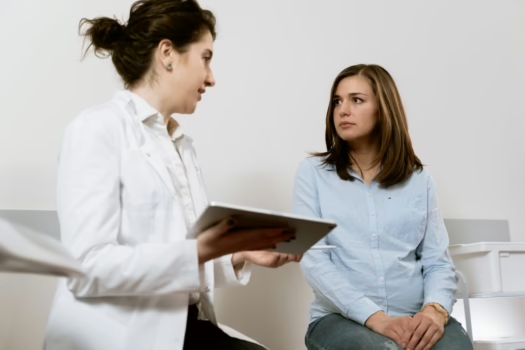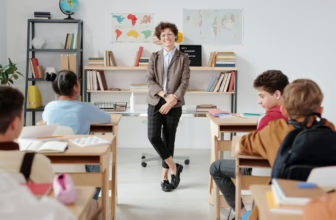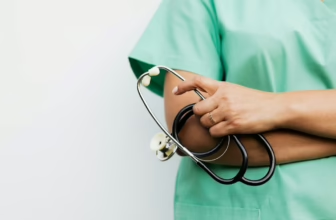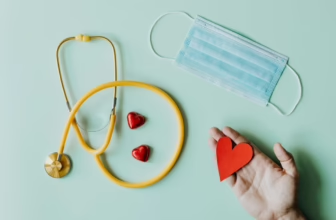Health literacy plays a bigger role in patient care than many people think. It goes beyond being able to read a prescription or recognize a diagnosis. It’s about understanding health information well enough to make informed choices, ask questions, and follow through on treatment plans.
When people don’t understand their medical options or instructions, they’re more likely to miss appointments, misuse medication, or delay treatment. This leads to worse outcomes, higher costs, and more stress on both patients and providers. The problem shows up across all age groups and backgrounds.
At the same time, a growing number of professionals, clinics, and community programs are stepping up to close the gap. They’re working to make health information clearer, more relatable, and easier to access. This shift in focus—from just giving out information to making sure people actually understand it—is starting to change the way care is delivered.
Education Is Driving Health Literacy Awareness
One big reason for this progress is better training. Health workers, educators, and community advocates are learning how to communicate in ways that connect with real people. They’re using plain language, removing jargon, and listening more. These are simple but powerful steps that help people engage with their health.
Many of these skills are being taught in public health programs across the country. Students learn how to explain complex topics, build trust, and support behavior change. But not everyone can leave a job or move to another city to study in person. That’s why flexible learning options have become more popular in recent years.
Many people entering the field today are doing so through flexible study paths, such as a public health bachelor's degree online, which allows them to gain the right knowledge and tools while working or caring for their families. These programs focus on real-world skills, like creating outreach plans, working with diverse groups, and designing materials that speak to people’s daily lives.
This kind of education isn’t just for future doctors or hospital staff. It’s for anyone who wants to improve public understanding of health, whether they plan to work in schools, nonprofits, local agencies, or government roles. With more professionals trained in these areas, the system is better equipped to support informed, confident patients.
Better Communication Is Improving Outcomes
Clear communication is one of the fastest ways to improve health literacy. When doctors and nurses use simple words, check for understanding, and take time to explain next steps, patients are more likely to follow through with their care.
Some clinics now use visual aids or short videos to explain diagnoses and treatments. Others train staff to ask patients to repeat information back in their own words. This helps spot confusion right away and clears things up before a patient leaves the office.
These small changes lead to big improvements. Patients feel more confident, providers get better results, and the whole care process becomes more effective and less stressful.
Community Programs Are Leading Local Change
Health literacy doesn’t start or end in the exam room. It often begins in the community. That’s why local programs play a major role in helping people understand their health. These programs reach people where they live, work, and gather, making health education more personal and practical.
In many areas, nonprofits and public health agencies host classes that cover common issues like nutrition, diabetes care, or heart health. These sessions give people space to ask questions and learn at their own pace. Some are held at community centers or churches. Others take place at libraries or even farmers’ markets.
Trusted leaders in the community often guide these sessions. When the message comes from someone who shares the same background or language, it feels more relatable. People are more likely to listen and apply what they learn. These programs build trust and provide consistent support, especially for those who feel lost in the larger healthcare system.
Digital Tools Are Expanding Access to Information
Technology is also helping people better understand their health. Websites, mobile apps, and patient portals now offer tools that explain symptoms, conditions, and treatments in simple terms. These tools let users take their time, go back to review information, and even connect with support groups or providers.
Some apps offer features like medication reminders, diet tracking, or symptom checkers. Others provide short videos that explain complex topics clearly and quickly. Many healthcare providers are also making their patient portals more user-friendly. People can now view test results, read explanations, and send questions directly to their care teams.
While digital tools come with benefits, they also require caution. Misinformation spreads quickly online. It’s important to stick with reliable sources, such as major hospitals, government health sites, or providers you trust. Even so, when used wisely, technology gives more people the chance to take control of their health.
Digital access also helps people in rural or remote areas. They might not have a clinic nearby, but they can still learn and connect through their phones or computers. This opens the door for more people to stay informed and make better choices for their well-being.
Health Systems Are Changing the Way They Deliver Care
More hospitals and clinics are starting to recognize the value of health literacy. They’re building it into the way care is delivered—from the first check-in to the final follow-up. This shift helps patients feel more involved and less overwhelmed.
Simple changes like clearer intake forms, staff training, and printed materials in plain language make a big difference. Some facilities now call patients after visits to answer questions or review instructions. Others use signs and visuals to guide people through the building with less confusion.
These practices don’t just help patients. They also support providers. When patients understand their care, they’re more likely to follow up, ask useful questions, and avoid repeat visits. This creates smoother workflows and stronger relationships between patients and providers.
Health literacy is changing how care is delivered—and how patients respond. When people feel informed, they’re more likely to speak up, follow through, and take charge of their health. This leads to better outcomes, stronger communities, and a more effective healthcare system overall. Making health information clear, accessible, and useful isn’t just a bonus—it’s becoming the new standard.
Follow me down the rabbit hole!
I'm Alice and I live with a dizzying assortment of invisible disabilities, including ADHD and fibromyalgia. I write to raise awareness and end the stigma surrounding mental and chronic illnesses of all kinds.








